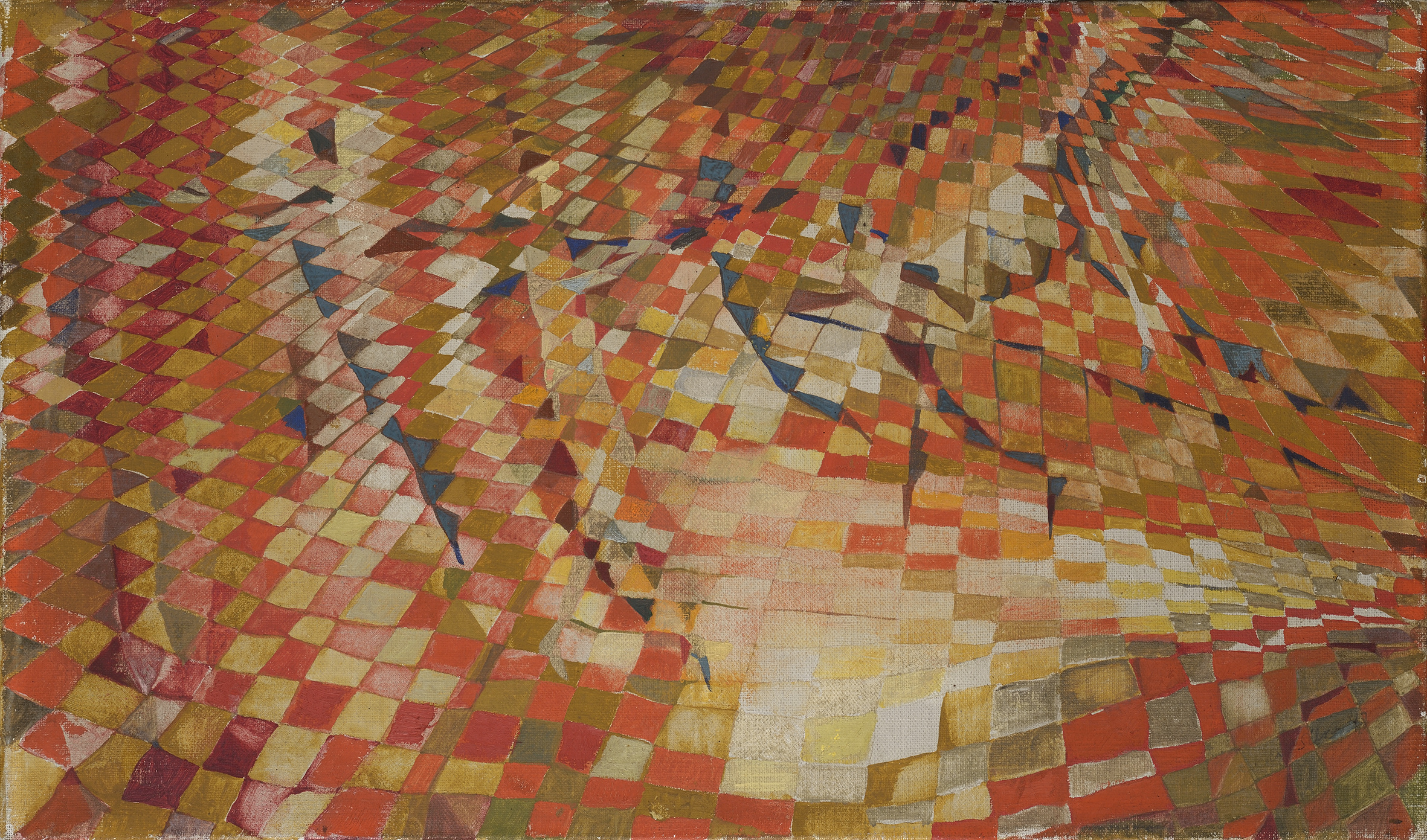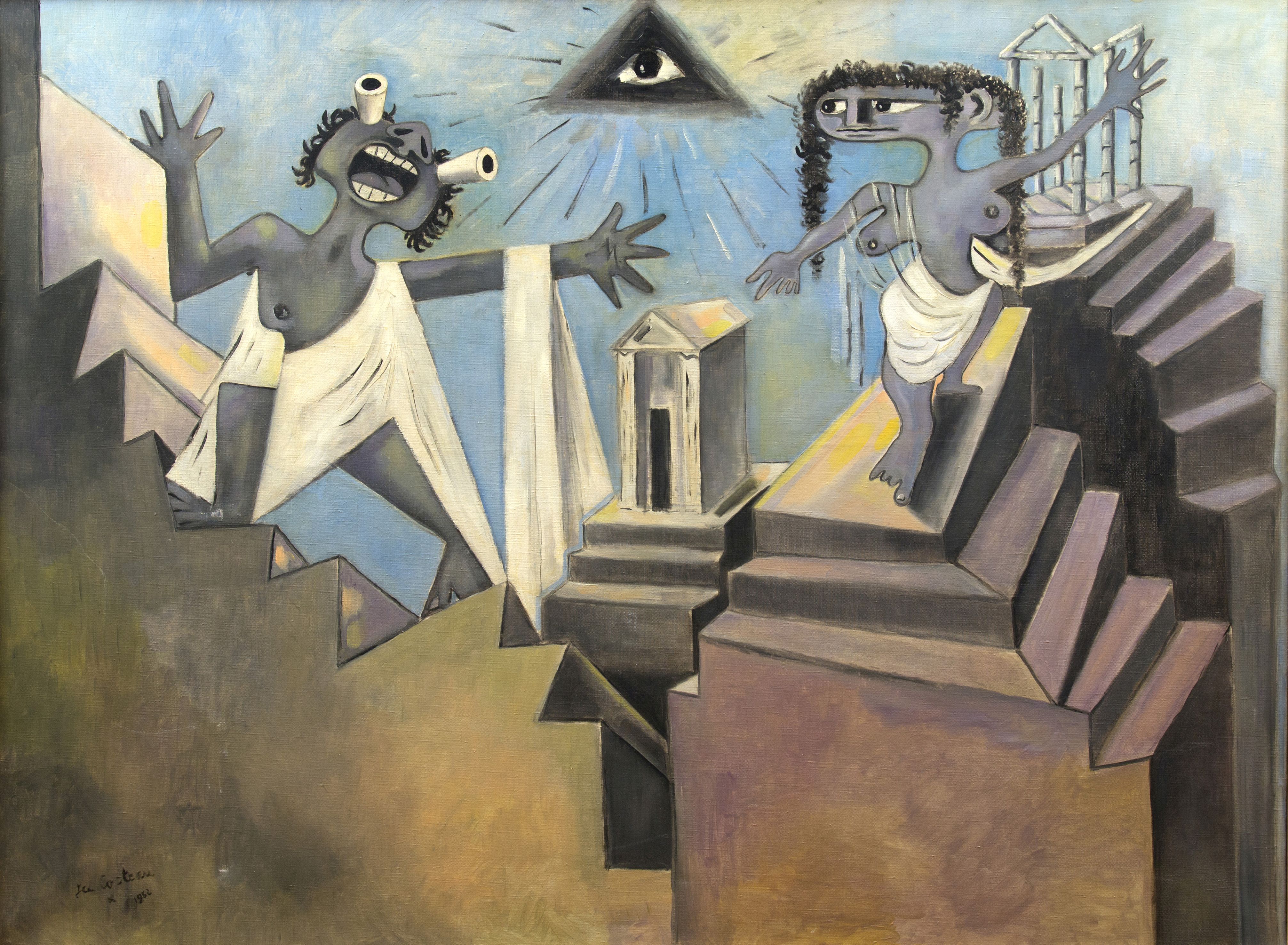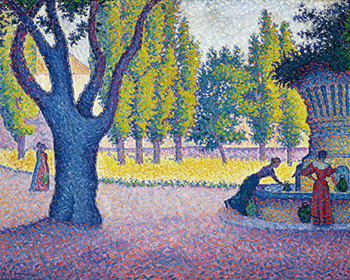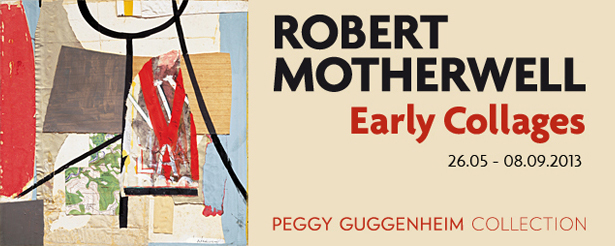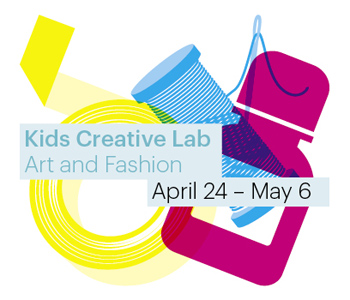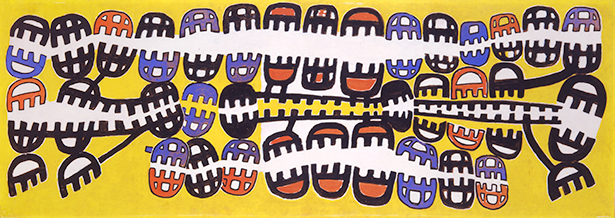COMING OF AGE. AMERICAN ART, 1850S TO 1950S
June 28 – October 12, 2008
701 Dorsoduro
30123 Venice
ITALY
phone +39 041 2405411
fax +39 041 5206885
info@guggenheim-venice.it
From June 28 to October 12, the Peggy Guggenheim Collection presents Coming of Age. American Art, 1850s to 1950s. The exhibition will be installed in the recently renovated temporary exhibition galleries and will chronicle the transformation that occurred in a century of American art from the mid-nineteenth to the mid-twentieth centuries, from a literal depiction of nature to an abstract interpretation of universal ideas. Drawing exclusively from the renowned collection of the Addison Gallery of American Art, Phillips Academy, Andover, MA (USA), Curators William C. Agee, professor of art history at Hunter College, CUNY, New York, and Susan C. Faxon, associate director and curator of the Addison Gallery of American Art, have selected approximately seventy paintings and sculptures to reveal the complex and contradictory impulses that led American artists to adopt and redefine a new idiom for art, an “American” expression that was identifiably their own. The exhibition takes place at the Peggy Guggenheim Collection following its presentation at the Meadows Museum of Art, Dallas, Texas and the Dulwich Picture Gallery, London. Coming of Age is organized by the American Federation of Arts, New York, and the Addison Gallery of American Art, Phillips Academy, Andover, MA, where it opened in September 2006, and is made possible, in part, by the Crosby Kemper Foundation and by Frank B. Bennett and William D. Cohan, with additional support from the Philip and Janice Levin Foundation Fund for Collection-Based Exhibitions at the American Federation of Arts. The exhibition has the Patronage of the Embassy of the United States of America in Italy and of the Consulate General of the United States of America in Milan.
The majestic landscapes of the Hudson River School artists of the 1850s, personifying the optimistic patriotism of the mid-century, marked the beginning of a distinctly American language. The Hudson River School artists found their inspiration in the American wilderness, depicting both the majesty and tranquility of nature and suggesting, idealistically, the ability to portray the divine hand of God at work in nature. These artists chose to depict the American landscape as a virgin territory, full of promise, often carefully expunging any evidence of human settlement that was already impacting the countryside. Gradually, American artists began to merge stylistic European influences with subjects specifically American. Inspired by French painters and their depictions of the lush Barbizon countryside, American landscape painters like George Inness turned from the conventions of Romantic landscape to portrayals of nature’s moods, reveling in its unpredictability, and opting to portray dramatic scenes of nature with looser brushstrokes and a darker palette.
In the late nineteenth century, American realism, which celebrated the power of the American land and mind, coexisted with works uniting Impressionist and Post-Impressionist influences and an American sensibility for the specific. By the turn of the century, an even more complex set of artistic impulses arose: at one side were expatriate painters like John Singer Sargent and James McNeill Whistler, adept players in the international art scene who created European-inspired paintings of the Old World; and on the other were Ash Can School painters like Robert Henri, George Luks, and John Sloan, who focused on the gritty streets and structures of American cities with painterly techniques that referenced European traditions.
In the early 1900s, the prominence of American modernism grew so as to proclaim New York, and no longer Paris, the center of the artistic avant-garde. Proponents of American modernism such as Stuart Davis, Man Ray, and Patrick Henry Bruce defined abstraction in their use of bold, geometric shapes and colors to create an American vision deriving from European Cubism. On the other hand, Arthur Dove, Georgia O’Keeffe and others in Stieglitz’s circle were using reductive shapes and lines to create a modernism that held allegiance to organic forms. Artists such as Charles Sheeler and Edward Hopper, however, preferred representing scenes inspired by American city life, preserving in their works a link with modernism.
In the 1930s, German-trained artists Josef Albers and Hans Hofmann emigrated to the United States where they became instrumental in the introduction of a new set of ideas about color, form, perception, and design, once again transforming the American art scene. Their teachings set the stage for the emergence of a new, non-objective abstraction of the 1940s in the work of Abstract Expressionists such as Franz Kline, Jackson Pollock, and David Smith. The highly emotive abstract works of these artists forged a new notion of American art, breaking the hold of old traditions and carrying America to the center of the international art scene.
In the 1950s, the prominence of New York as the focus of international art expanded at the hands of painters such as John McLaughlin, Ad Reinhardt and Frank Stella. These artists translated the modernism of the New York School into a refinement of color, shape, and line, assuring American art’s vanguard position for decades to come. These works conclude the exhibition.
Thanks to Vodafone, there will be an innovative audio-guide for the exhibition, downloadable directly to visitors’ mobile phones. The voice of Philip Rylands, director of the Peggy Guggenheim Collection, will accompany visitors among the major works on display and will offer an alternative educational source of information on the contents of the exhibition. The exhibition is made possible at the Peggy Guggenheim Collection thanks to the technical support provided by iGuzzini and Codess Cultura.
Featuring essays by the Curators William C. Agee and Susan C. Faxon, the exhibition catalogue, available in English and Italian, is an excellent historic opportunity for scholars of American art to interpret the Addison’s rich collection in depth. The English edition is published by the American Federation of Arts in association with Yale University Press and the Italian edition by Skira.
COMING OF AGE. AMERICAN ART, 1850S TO 1950S
June 28 – October 12, 2008
Opening hours: daily 10 am to 6 pm (closed on Tuesday and December 25)
Peggy Guggenheim Collection
701 Dorsoduro
30123 Venice
ITALY
Phone +39 041 2405411
Fax +39 041 5206885
Email info@guggenheim-venice.it
Press Office:
Peggy Guggenheim Collection
Tel. +39 0412405404; press@guggenheim-venice.it

